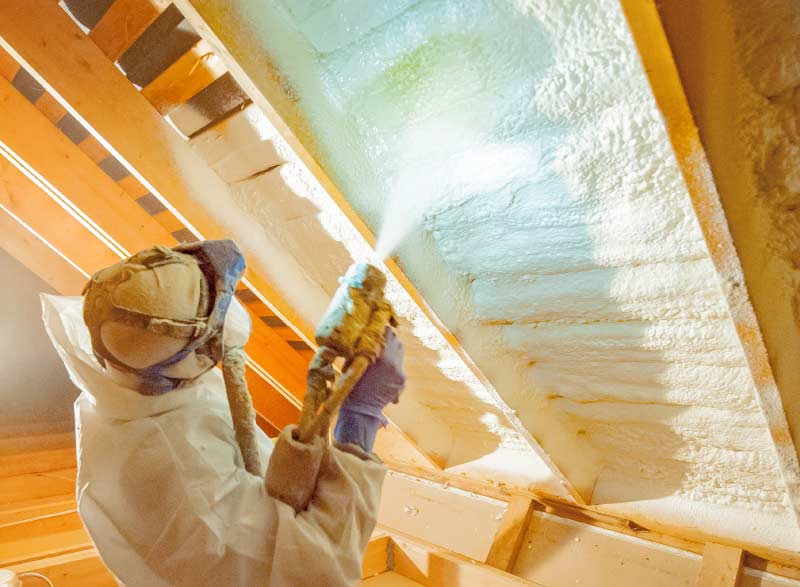
It’s Getting Hot in Here | The Truth About Radiant Barrier Insulation
There’s little you can do to escape the summer heat, even when you’re inside the house. The Texas sun is unforgiving, especially if you’re living in places like San Antonio or South Central Texas. Installing radiant barrier insulation in such locations is essential for living in relative comfort while also saving you money.
Radiant Barriers Myths
NASA uses radiant barriers to shield its spacecraft and equipment, and protect astronauts from the heat of the sun. This fact, however, has been twisted into the common myth that NASA invented radiant barriers. The truth is German businessmen Schmidt and Dykerhoff filed patents for reflective surfaces to be used as building insulation way back in 1925.
Another myth positions radiant barriers as the one-stop solution for all solar radiation and fluctuating temperature problems. While radiant barriers can significantly reduce the temperature inside the house, you should use it as a part of an overall strategy to keep your home cool in the summer months.
Radiant Barrier Sheathing
Speaking of summer, as the sun’s radiation increases during the season, the temperature in your attic also rises. This heat heads down into the cooler areas of the house and that is the reason your home gets stuffy and hot in the summer.
To reduce the effect of the summer heat inside your house, a radiant barrier in your attic is used. There are different ways to add a radiant barrier to your house, and a structural roof sheathing panel is one of the most common ways to do it.
An OSB (oriented strand board) panel, an engineered wood similar to particle board, which is laminated with heat-reflecting foil on one side should do the trick to keep your attic and the house cooler. There are other forms of radiant barriers and most of them use aluminum foil with cardboard, kraft paper and plastic films.
A quick discussion with an expert should help determine what suits your needs best.
Why You Should Consider a Radiant Barrier
A good radiant barrier should be able to reflect up to 97% of solar radiation, and the efficiency only increases with more heat. In a state like Texas, that means the attic heat can be reduced by up to 30 degrees Fahrenheit.
The reduced heat equates to direct savings for the homeowner, who can save up to half a ton in A/C requirements, and it also improves the life of the ductwork of the house because it requires fewer cycles to keep the house cool. The reduced energy and repair costs make radiant barriers a must-have feature in warmer climates.
Hiring a Professional
Installing radiant barriers can get technical and it requires a professional to get it done right. Aside from wasting time and energy, you can incur additional costs when doing it on your own.
In Texas, Geo Insulation is the place to go for all your radiant barrier needs. The company has established itself as a leader in the state, and it offers cost-effective solutions to keep your home cool this summer.






